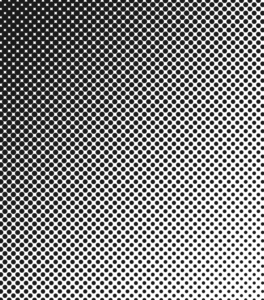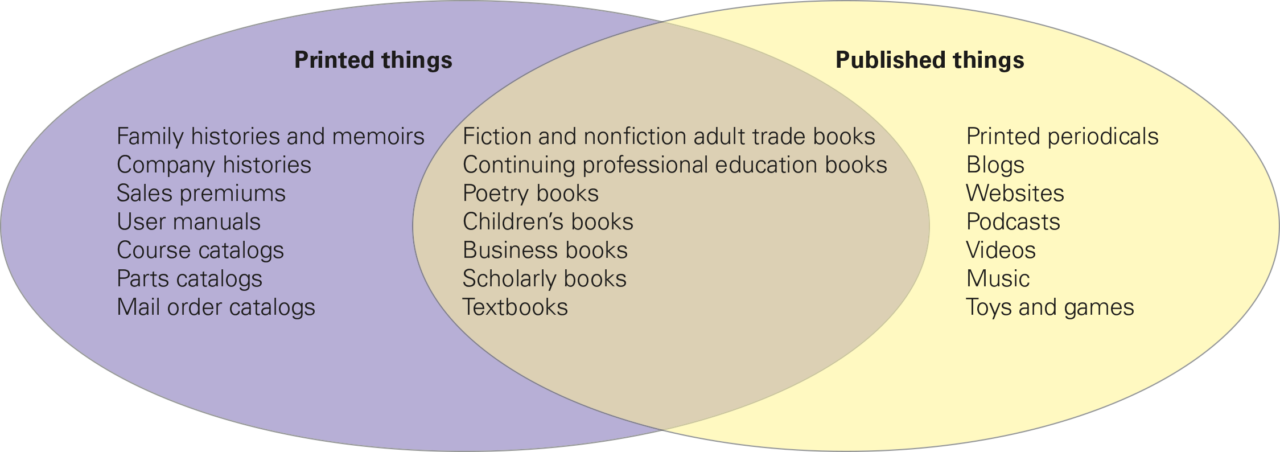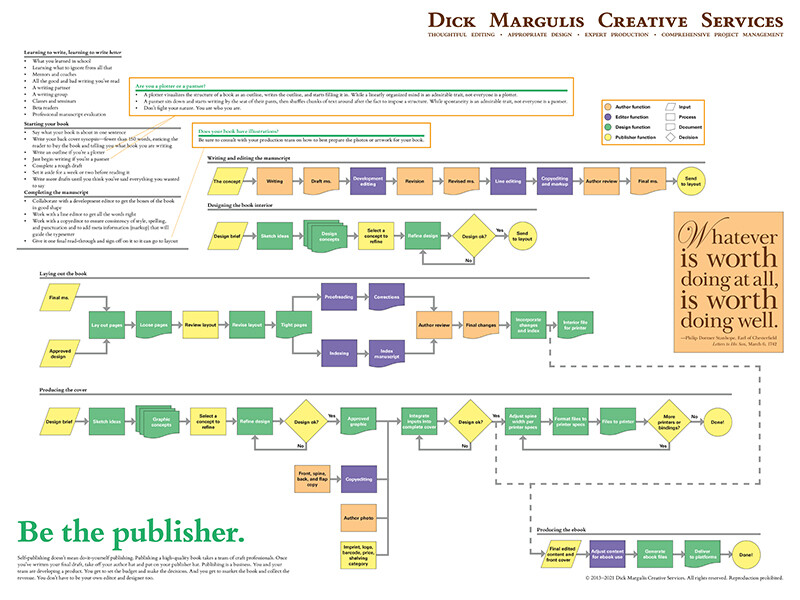You have written a great book, and now an adoring public is going to make you famous. What’s missing from this picture? What’s missing is this piece: How does the public know you’ve written a book?
If you are planning to give your book away to friends and family, customers, or sales prospects, or if you will be hand-selling your book to people who come to hear you speak, then you can ignore this post. This post is for authors who want to sell books to a public that doesn’t already know them.
So if you’re still with me, I’m going to say a few words about a dreaded topic: marketing.
One of the very first questions I ask of an author who comes to me for my help in publishing their book is a broad description of how they plan to market the book. I’m not a marketing consultant and have no plans to become one. But I want to know that there is some plausible scheme in place for connecting with an audience. Spoiler: “I’ll list it on Amazon and people will discover it” is not a marketing plan. Listing a book so the people looking for it can find it and buy it is good. But first people need to be looking for it.
I know, I know. You hate that word. It sounds so crass. But marketing is at the heart of what it means to publish a book—literally to make it public. The publisher’s job is to make a connection between the book and the audience for the book. And the author is the one person in a position to facilitate that connection.
Perhaps you’re one of the fortunate authors who has secured representation by a literary agent and that agent has managed to get you a publishing contract. Congratulations. But the publisher is still going to require that you be heavily engaged in promoting the book. On the other hand, if you are publishing the book independently, you’re still going to require that the author (you) be heavily engaged in promoting the book. This is true whether you work with someone like me or succumb to the blandishments of a vanity press. I’ll make your book, but you’re going to market it.
I can refer you to a book marketing consultant who will work with you to develop a marketing plan, if that’s something you want to consider. But you’re still the person who is going to have to execute that plan. The marketing consultant can’t do that for you, and neither can I. What that means nowadays for the vast majority of books intended for public consumption is that you—the author, personally—need to be visible on social media. If that phrase sends shivers down your spine and you’re unwilling to find a platform you can get comfortable with, you’re going to have a hard time selling books.
Every year, thousands of excellent books are written that never sell more than ten copies, let alone a hundred or a thousand. The authors of those books didn’t think they needed to market them. They were wrong.
 So how does a black-and-white image (a picture, as opposed to type or a vector diagram) get printed? It begins with a halftone screen. This is an old analog technology that is modeled in modern image-processing software. In the analog world, a photo was placed on a copy board, and a photograph was taken of that photo with a piece of ruled film in front of the new film that was to be exposed. The rulings on the face of the film (the halftone screen) caused the light reflected from the image being photographed to diffract on the way through the thickness of the screen, producing halftone dots on the new film. Those dots were proportionate in area to the amount of light coming through that particular rectangle on the screen. So the dots varied in size. If you stood far enough away from the photo, it did not look like a rectangular array of oval dots; it looked like a continuous tone image, like the original. The spacing of the rulings on the screen determined the quality of the printed image. A newspaper might have used an 85-line screen, that is, a screen with 85 lines per inch. A weekly magazine or a history book might have used a 110- or 133-line screen (133 being considered good quality). A monthly might have used a 150-line screen. I think National Geographic used 175, and some art book printers used 200 lines per inch. At 150 lines per inch, a halftone dot occupies an area 16 printer dots square, any fraction of which can carry ink. But if you look at any halftone image, either black-and-white or color, under a magnifying glass, you can clearly see the halftone dots, in all their various combinations of sizes and grid orientations, that make up the image. (If you don’t want to squint through a magnifying glass, you can just look at paintings by Chuck Close, who exploited the halftone illusion in his wall-size portraits.)
So how does a black-and-white image (a picture, as opposed to type or a vector diagram) get printed? It begins with a halftone screen. This is an old analog technology that is modeled in modern image-processing software. In the analog world, a photo was placed on a copy board, and a photograph was taken of that photo with a piece of ruled film in front of the new film that was to be exposed. The rulings on the face of the film (the halftone screen) caused the light reflected from the image being photographed to diffract on the way through the thickness of the screen, producing halftone dots on the new film. Those dots were proportionate in area to the amount of light coming through that particular rectangle on the screen. So the dots varied in size. If you stood far enough away from the photo, it did not look like a rectangular array of oval dots; it looked like a continuous tone image, like the original. The spacing of the rulings on the screen determined the quality of the printed image. A newspaper might have used an 85-line screen, that is, a screen with 85 lines per inch. A weekly magazine or a history book might have used a 110- or 133-line screen (133 being considered good quality). A monthly might have used a 150-line screen. I think National Geographic used 175, and some art book printers used 200 lines per inch. At 150 lines per inch, a halftone dot occupies an area 16 printer dots square, any fraction of which can carry ink. But if you look at any halftone image, either black-and-white or color, under a magnifying glass, you can clearly see the halftone dots, in all their various combinations of sizes and grid orientations, that make up the image. (If you don’t want to squint through a magnifying glass, you can just look at paintings by Chuck Close, who exploited the halftone illusion in his wall-size portraits.)
